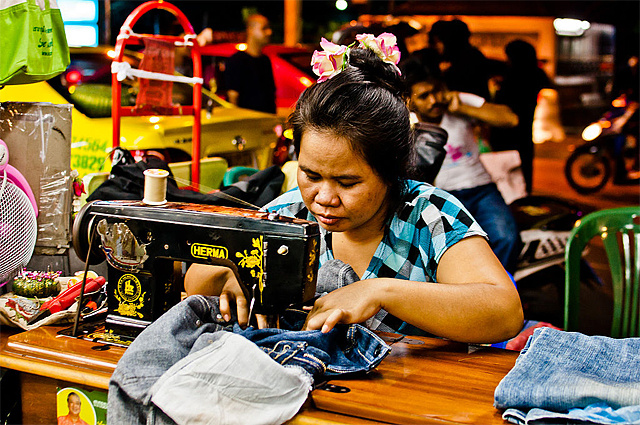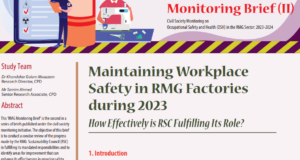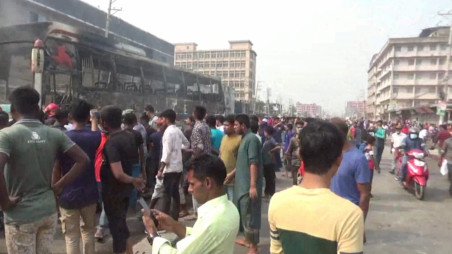Published by University of Sussex

On 24 November 2012, a fire in the Tazreen Fashions factory in Bangladesh led to the death of at least 112 workers, while the collapse of the Rana Plaza building just five months later killed 1,134 garment workers and injured hundreds of survivors.
Now, five years on, new research conducted by academics at the University of Sussex shows that, despite some improvements, ‘fast fashion’ is still putting the health and well-being of garment workers at risk.
Geert De Neve, Professor of Anthropology at the University of Sussex, says: “Improvements have been made since the Tazreen and Rana Plaza disasters. The 2013 Accord on Fire and Building Safety in Bangladesh, a safety pact signed by global unions and more than 200 brands (including Primark and Marks and Spencer), took important steps towards making global apparel companies accountable for the safety of factories in their supply chains.
“But these initiatives haven’t gone far enough. Codes of conduct narrowly focus on building safety and physical infrastructure with a bias towards what can be seen and audited. Not only has the poor implementation of these codes allowed building fires and collapses to continue, but they still ignore the ways in which the health and well-being of workers is threatened on a day-to-day basis.”
Dr Rebecca Prentice, Senior Lecturer in Anthropology at the University of Sussex, says: “Long working hours, physical exhaustion, intense work rhythms, harassment, and an absence of representation are all issues that remain ‘invisible’.
“Research conducted at a Bangladeshi knitwear factory resulted in a long list of everyday health threats: from dust and smoke inhalation, noise, lack of ventilation, musculoskeletal pain, stress, and exposure to lights, electric wires, and chemical adhesives.
“Research from the Delhi capital region similarly reported a 10-12 hour working day as standard for 67% of workers employed in informal workshops, with 39% of all workers suffering from eye strain and 41% from exhaustion.
“Workers are having to make a trade-off between earning a living and caring for their health. The ‘fast fashion’ industry must realise that workers’ health is more than just the absence of injury; people’s well-being encompasses physical, social, and mental dimensions that are threatened by the conditions they are working in.”
Professor De Neve continued: “The future well-being of garment workers around the world relies on the ‘fast fashion’ industry realising that it has a responsibility to these people’s health and wellbeing that extends well beyond the structural safety of the buildings they work in.”
Unmaking the Global Sweatshop: Health and safety of the world’s garment workers, edited by Rebecca Prentice and Geert De Neve, is out now.
 CPD RMG Study Stitching a better future for Bangladesh
CPD RMG Study Stitching a better future for Bangladesh



